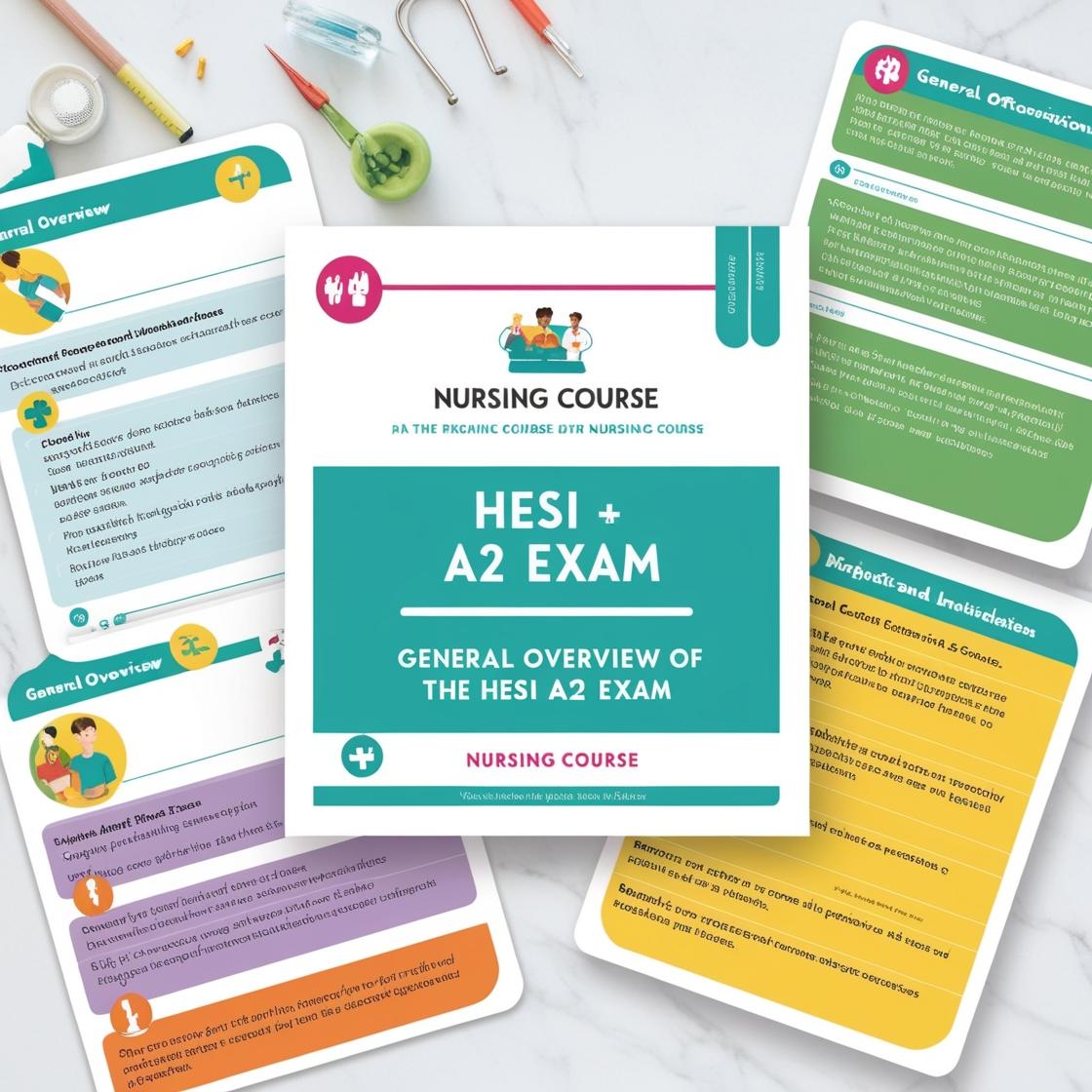HESI A2
Reading Comprehension HESI A2 Practice Test
Extract:
1. What is the main idea of the passage about microbes?
- A. Recent discoveries are revealing the critical role of microorganisms in maintaining a properly functioning immune system.
- B. The human body is host to a staggering number of microorganisms.
- C. Bacteriotherapy reintroduces healthy bacteria into a colon lacking the capability to defend against pathogenic agents.
- D. Early research has shown remarkable discoveries in the possibilities of bacteriotherapy.
Correct answer: A
Rationale: The main idea of the passage is that recent discoveries are shedding light on the pivotal role of microorganisms in maintaining a properly functioning immune system. The passage discusses how the human body hosts a wide array of microorganisms, emphasizes the importance of these bacteria in the development of the immune system, and explores the potential applications of bacteriotherapy. Choice A is the correct answer because it accurately reflects the central theme discussed in the passage. Choices B, C, and D are incorrect because they focus on specific details or applications mentioned in the passage, rather than capturing the overarching theme of the critical role of microorganisms in immune system function.
2. Which of the following is not listed as a detail in the passage about microbes?
- A. Babies are born coated with germs from the birth canal.
- B. Mice and humans respond to microbes differently.
- C. Few people share the same microbes in the same quantities.
- D. Human bodies contain far more microbes than they do cells.
Correct answer: B
Rationale: The correct answer is B because the passage does not detail that mice and humans respond to microbes differently. The passage discusses how laboratory mice required a particular strain of bacteria to help their immune systems function correctly, indicating a difference in how mice and humans respond to microbes. Choices A, C, and D are all details mentioned in the passage: A discusses babies being coated with germs from the birth canal, C talks about the variation in microbes among individuals, and D states that human bodies contain more microbes than cells.
3. What is the author’s primary purpose in writing this essay about microbes?
- A. To persuade
- B. To inform
- C. To entertain
- D. To analyze
Correct answer: B
Rationale: The author's primary purpose is to inform readers about the crucial role of microorganisms in the immune system. The essay focuses on presenting factual information and recent discoveries regarding the impact of microbes on human health. The author aims to educate the readers on the significance of microbes in human health rather than persuade them of a particular viewpoint (Choice A), entertain them with light-hearted content (Choice C), or analyze in-depth data and findings (Choice D). The essay's emphasis on informing readers about the role of microorganisms in the immune system makes 'To inform' the correct choice.
4. Choose the best summary of the passage about microbes.
- A. Scientists have discovered the importance of certain bacteria for a well-functioning immune system, especially in defending against pathogens. The colonization of microbes in the body begins at birth, with the immune system relying on these bacteria for proper function.
- B. The passage discusses the role of bacteria in the development of the human immune system. It highlights that the body supports various microorganisms crucial for immunity, starting from birth. The presence of harmless bacteria is essential for the immune system to work effectively.
- C. The body hosts a vast number of microorganisms critical for immune system development. Harmless bacteria are necessary for the immune system to defend against pathogens effectively. Early research shows promising results in fecal bacteriotherapy for restoring the immune system's ability to fight off harmful invaders.
- D. Microbes play a pivotal role in human health, particularly in immune system development. The introduction of healthy bacteria is essential for the immune system to function correctly. Fecal bacteriotherapy is a novel approach to reintroducing beneficial bacteria into a compromised colon to enhance immune response.
Correct answer: C
Rationale: The correct answer is C. The passage emphasizes the importance of certain bacteria for a properly functioning immune system. It discusses how harmless bacteria play a crucial role in defending the body against pathogens. Choice A is incorrect as it focuses on the immune system's response to certain types of bacteria in lower organisms, not the overall importance of bacteria for immunity. Choice B is incorrect as it mainly discusses bacteriotherapy in relation to the reconstruction of a damaged colon, rather than the broader role of bacteria in immune system health. Choice D is incorrect as it only talks about the process of replacing harmful bacteria with harmless ones, missing the key point about the necessity of certain bacteria for immune system function.
Extract:
5. As used in the second paragraph, what does the term ubiquitous mean?
- A. Indigenous
- B. Often ignored
- C. Found everywhere
- D. Dangerous
Correct answer: C
Rationale: The correct answer is C: 'Found everywhere.' Ubiquitous in this context means widespread presence. In the provided extract, it is mentioned that MRSA bacteria have become ubiquitous not only in hospitals but also in various other settings, indicating they are found everywhere. Choice A, 'Indigenous,' is incorrect as it refers to something native or originating from a specific place, which is not the intended meaning in the context. Choice B, 'Often ignored,' is incorrect as ubiquitous means something that is widely present, not something that is ignored. Choice D, 'Dangerous,' is incorrect as ubiquitous does not directly imply danger, but rather the widespread presence of something.

Access More Features
HESI A2 Basic
$89/ 30 days
- 3,000 Questions with answers
- 30 days access
HESI A2 Premium
$129.99/ 90 days
- Actual HESI A2 Questions
- 3,000 questions with answers
- 90 days access
